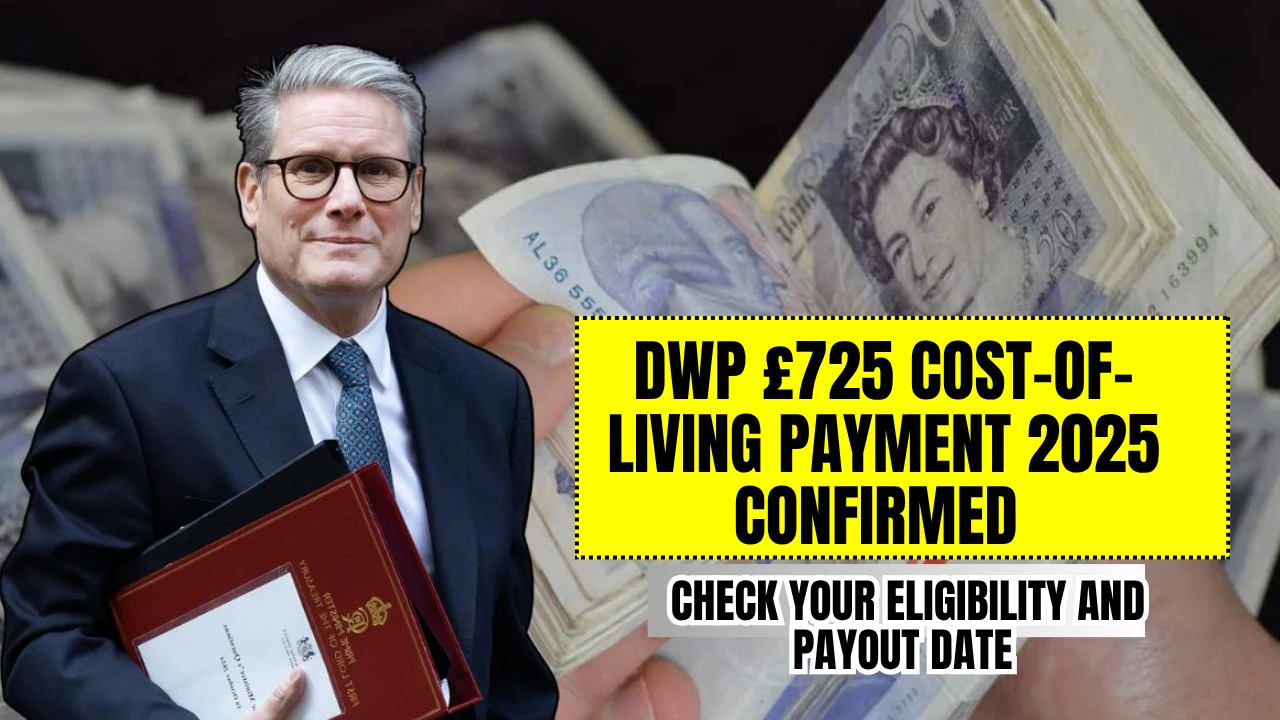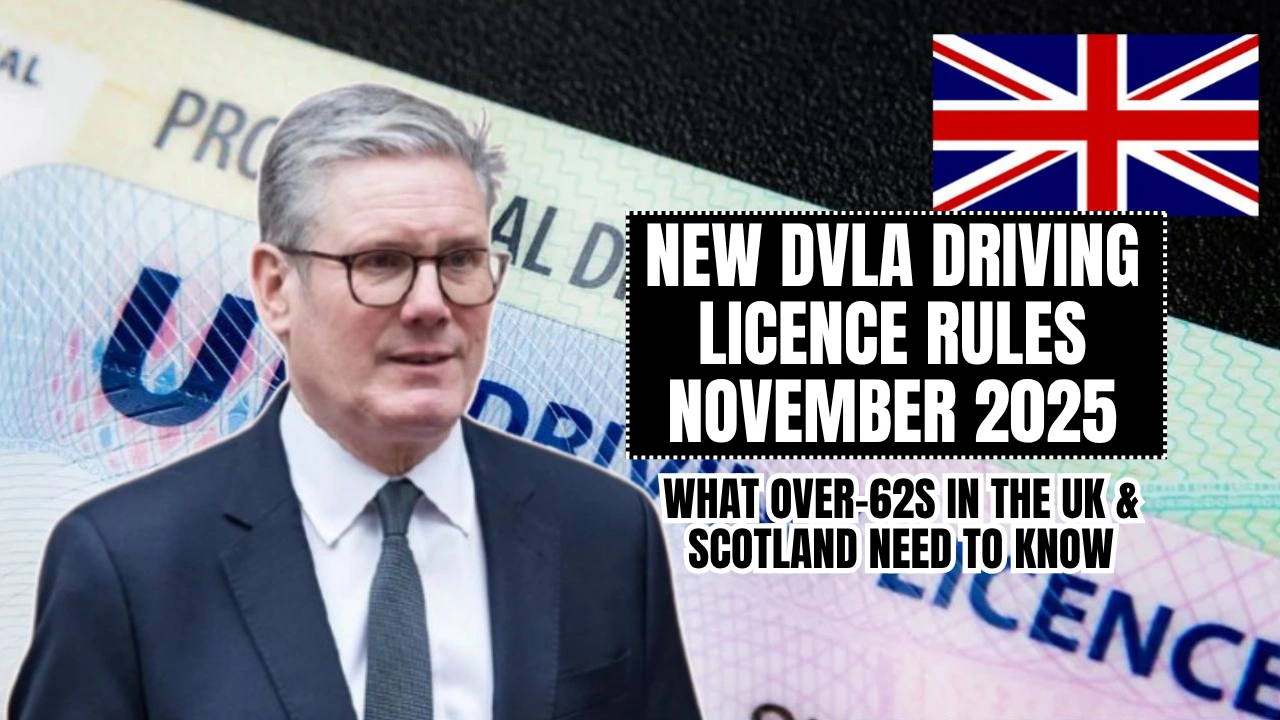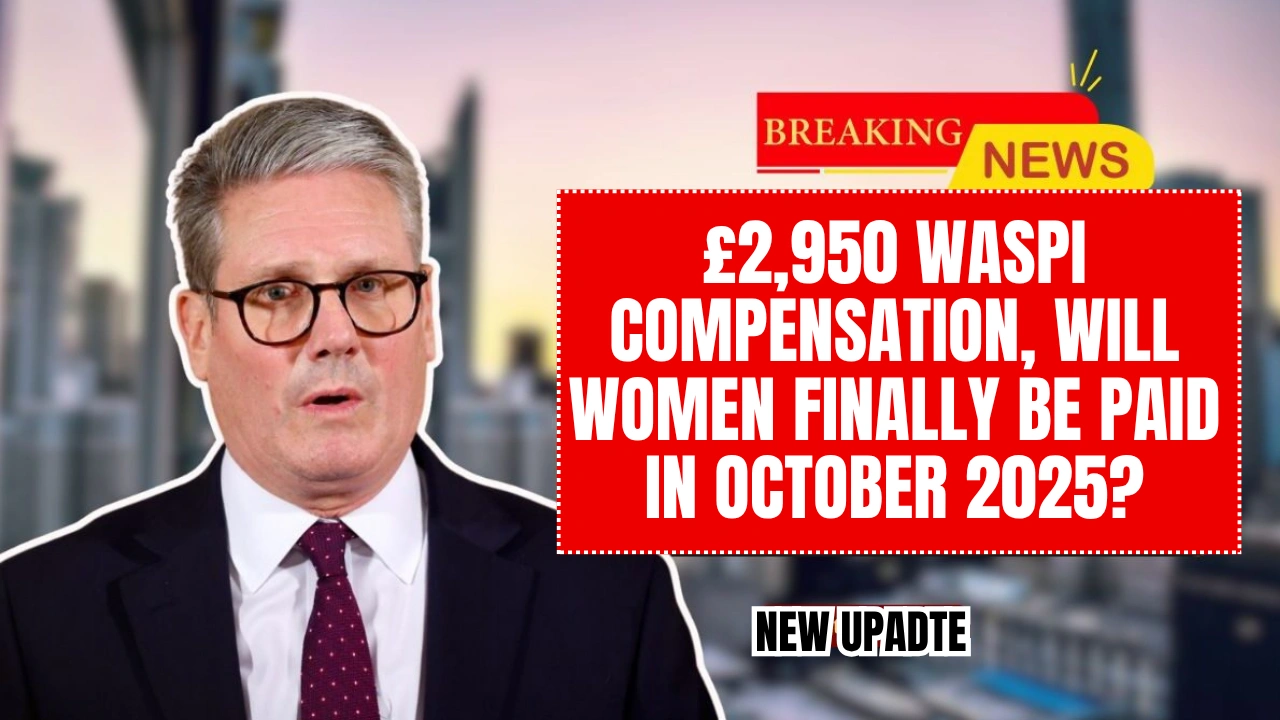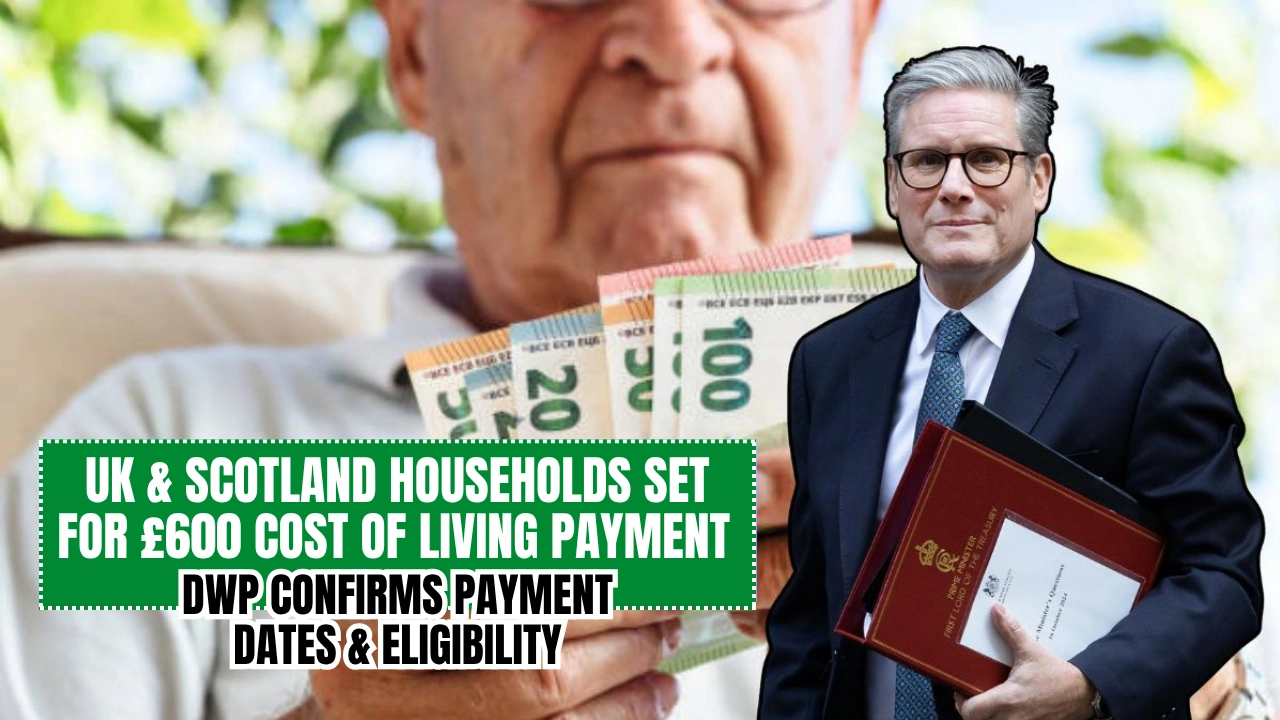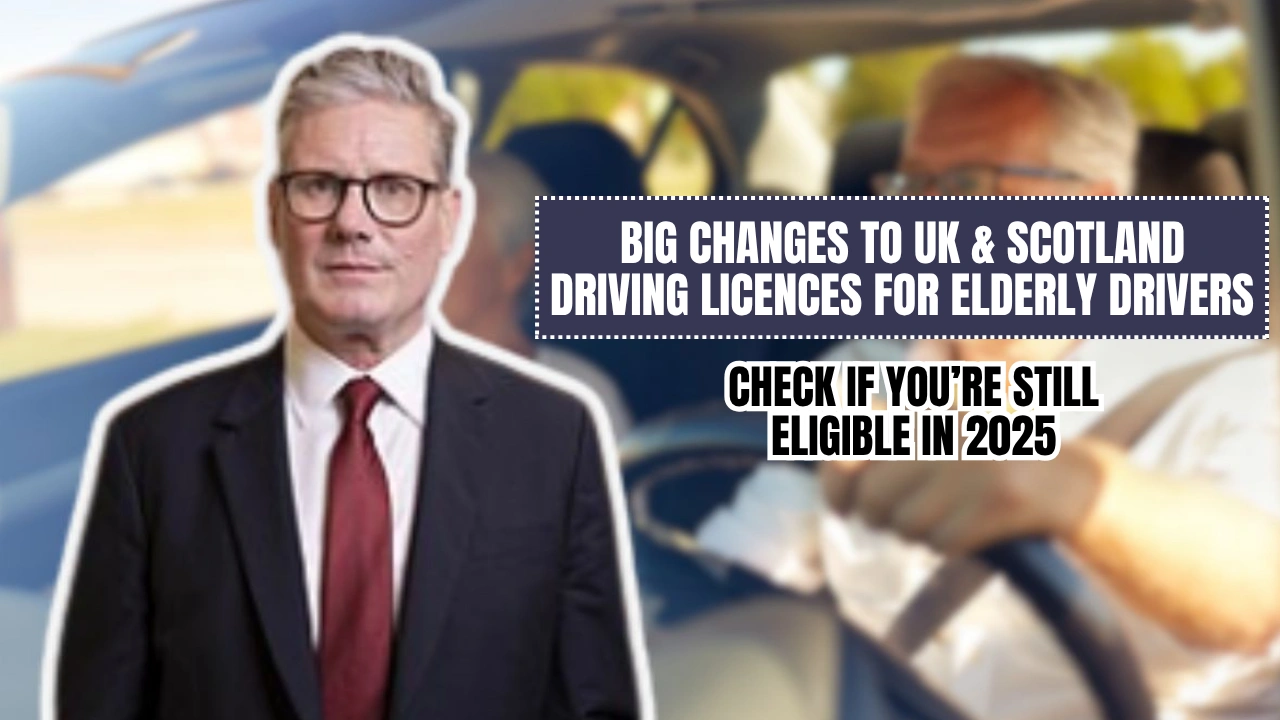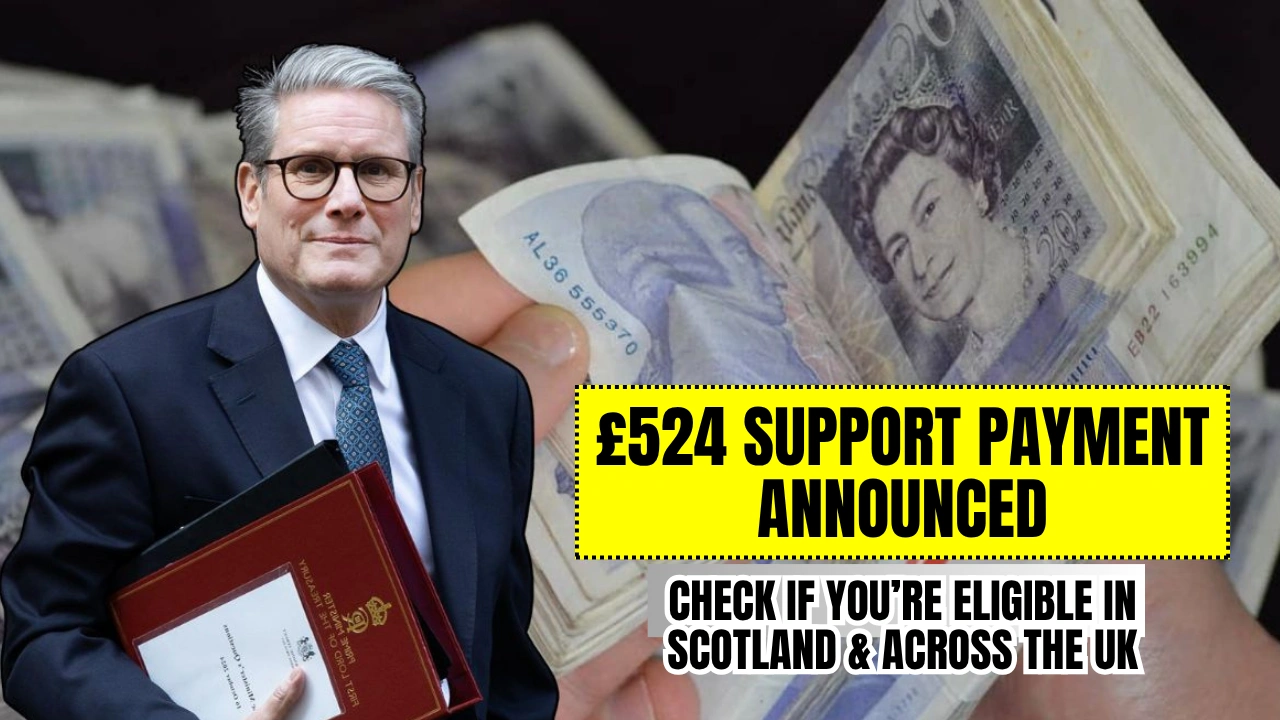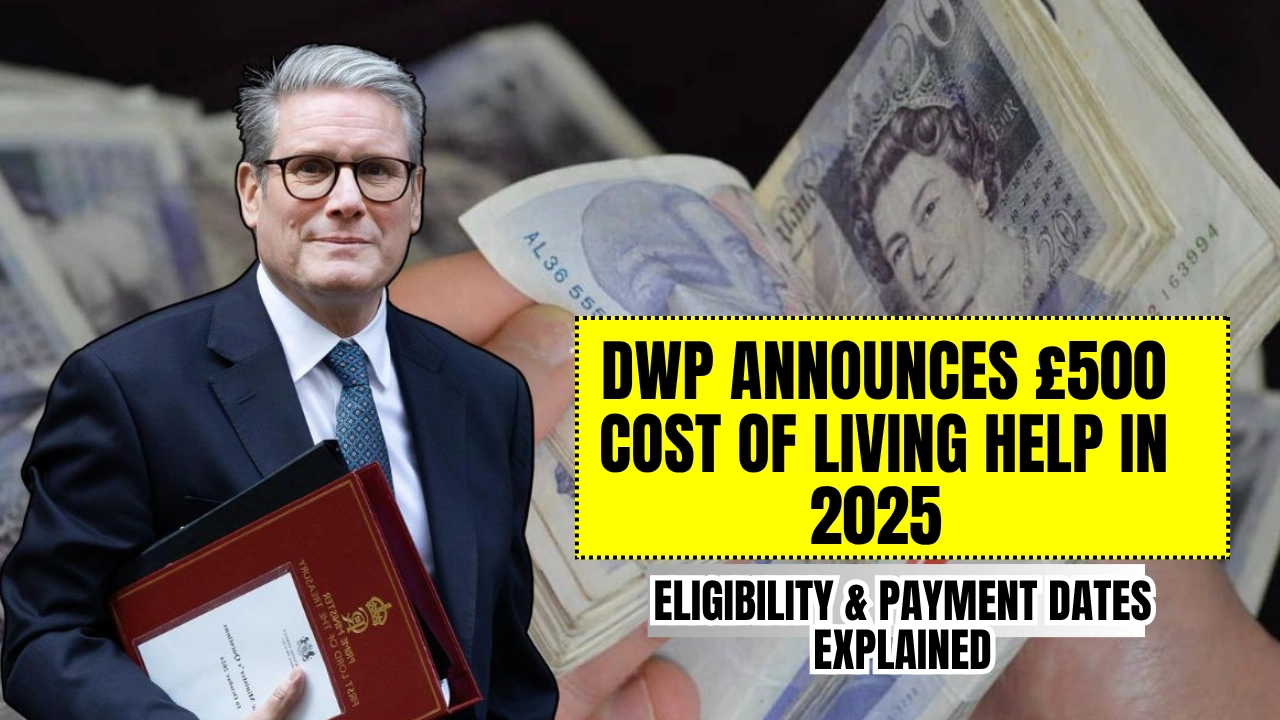The DWP £725 Cost-of-Living Payment 2025 is one of the most talked-about changes in the UK benefits system this year. As inflation and living costs continue to rise, millions are looking for clarity and assurance. If you are receiving Universal Credit or thinking about applying, this update is important for your financial planning. The government has moved away from short-term grants and is now focusing on long-lasting income support that gives people more breathing space each month.
This article is all about helping you understand the DWP £725 Cost-of-Living Payment 2025 in plain, simple terms. We will break down how the new payment system works, who it is meant for, and what it means for your budget. From eligibility to monthly rollout plans, this guide has everything you need to know to stay informed and make the most of this major welfare reform.
What is the DWP £725 Cost-of-Living Payment 2025?
At its core, the DWP £725 Cost-of-Living Payment 2025 is not a one-off bonus or quick cash injection. It is a structured, long-term increase to the Universal Credit standard allowance. Starting in April 2025, monthly payments will rise steadily each year until 2029 to 2030. By then, qualifying claimants will be receiving up to £725 more per year than they would have received through regular inflation increases.
The key idea here is financial security. Rather than reacting to economic problems after they happen, the government is putting a system in place that helps low-income and vulnerable households stay ahead. This is about giving people predictable support that they can count on.
Overview Table: DWP £725 Cost-of-Living Payment 2025 at a Glance
| Feature | Description |
| Type of Payment | Permanent increase to Universal Credit |
| Start Date | April 2025 |
| Full Implementation | By 2029 to 2030 financial year |
| Total Annual Increase | £725 more per year |
| Who It Helps | Universal Credit claimants, especially low-income and disabled individuals |
| Payment Frequency | Monthly increases every April |
| Legal Protection | No reassessments for some disabled claimants |
| Related Programme | Pathways to Work, £3.8 billion employment support |
| Purpose | Long-term income stability |
| Claim Process | Automatically applied to eligible accounts |
DWP £725 Cost-of-Living Payment 2025: A New Era of Long-Term Support
This reform changes how we think about public support. The DWP £725 Cost-of-Living Payment 2025 is not just another government grant; it is a promise for a better structured future. Every April, those on Universal Credit will see a boost in their payments that goes beyond regular inflation. This approach helps people budget better and feel more secure, especially as prices continue to rise.
By 2029, that extra £725 per year could make a real difference. Whether you are working part-time, caring for family, or living with a health condition, this uplift is designed to ease the financial pressure. It is a major step toward a more balanced and fair welfare system.
DWP £725 Cost Of Living Payment 2025: What to Expect in Real Terms
This increase is being introduced gradually. You will not get a lump sum. Instead, your monthly Universal Credit payments will go up slightly every year starting from April 2025. By the time the full plan rolls out in 2029 to 2030, your payments will be £725 higher each year compared to what they would have been under the old rules.
The goal is stability. Short-term payments might help for a month or two, but this system is built to support you in the long run. It is also carefully planned to avoid pushing inflation even higher, which means it is designed to help without making things worse.
At a Glance: Key Details of the £725 Universal Credit Reform
The table above highlights the most important parts of the DWP £725 Cost-of-Living Payment 2025. The increase is part of a wider reform aimed at reducing poverty, rewarding work, and making sure help reaches those who need it most.
The legal framework makes it harder to remove or reduce this support suddenly. With nearly four million households set to benefit, this change is being called the most important welfare update in a generation.
Not a One-Time Grant, but a Permanent Boost
Many people are used to emergency cost-of-living payments that come once and do not return. This is different. The DWP £725 Cost-of-Living Payment 2025 will become a regular part of your Universal Credit payments. It will build up slowly, giving you more money to cover daily expenses without needing to reapply.
This also means fewer surprises. You can plan your finances knowing your payment will increase steadily over time. It is about creating a more modern, flexible benefits system that reflects the real cost of living today.
Who Will Benefit from the £725 Universal Credit Uplift
The payment is designed for people who are already receiving Universal Credit, including:
- Adults working low-income jobs, especially part-time
- Families raising children on limited earnings
- Disabled individuals and those with long-term illnesses
If you are struggling with rising food prices, energy bills, or childcare costs, this uplift is for you. It is not just about survival; it is about giving you more breathing room so you can plan, work, and live with less financial stress.
Working Families and Vulnerable Groups to See Real Gains
Working Families and Low Earners
The payment encourages people to stay in work while still getting support. It rewards effort and makes it easier to manage childcare, transportation, and daily bills.
Disabled Individuals and Long-Term Ill
For those who cannot work, there is extra protection. Some 200,000 people will no longer have to go through regular reassessments, and terminally ill individuals will keep full support without review. This is about reducing stress and offering dignity.
The Universal Credit Bill: A Structural Welfare Overhaul
This is not just a payment tweak. It is a total shift in how welfare is delivered. The DWP £725 Cost-of-Living Payment 2025 is part of a law that commits the government to long-term financial help rather than short-term fixes. It creates a better foundation for people who want to work but need stability and support to do so.
How the £725 Boost Will Be Implemented
Here is the simple breakdown of how the boost will be applied:
- April 2025: First increase hits Universal Credit accounts
- April each year after: Monthly payments rise above inflation
- By 2029-30: Full £725 per year extra in place
This timeline makes it easier to predict your future finances. There is no need to worry about missing deadlines or submitting extra forms. It will happen automatically.
The “Right to Try Guarantee” — A New Legal Protection
For disabled people who want to work but are afraid of losing benefits, the new Right to Try Guarantee changes everything. It gives them the legal right to test out a job without risking their support if it does not work out. This removes a huge barrier that has stopped many from exploring work opportunities.
Rebalancing Health and Core Allowances
From April 2026, the government will also rebalance the payments. New claimants with health issues will get a £50 weekly top-up. At the same time, the focus will shift to strengthening the basic allowance for everyone. No one who currently receives higher support will lose out.
Why the £725 Uplift Is a Landmark Reform
This is the biggest real-terms welfare boost in over four decades. The DWP £725 Cost-of-Living Payment 2025 changes how benefits are given, how they grow, and how they help people move forward in life. It is long overdue and finally puts more control in the hands of claimants.
What This Means for Households in 2025 and Beyond
If you are receiving Universal Credit, you will start seeing the change in April 2025. The increase may seem small at first, but it builds year after year. Over time, it gives you better control over your money and reduces the need for emergency help.
Final Thought
The DWP £725 Cost-of-Living Payment 2025 is not just another policy. It is a lifeline for millions and a big step toward a fairer, more balanced benefits system. If this article helped you understand how the reform works, please share it with someone else who needs it. Stay informed, check your eligibility, and explore your future with confidence.
FAQs
1. Is the £725 payment a one-time deal?
No. It is a permanent increase added to Universal Credit each year.
2. Do I need to apply for the payment?
No. The increase is automatic for all eligible Universal Credit claimants.
3. When do the new payments begin?
The rollout starts in April 2025, with yearly increases through to 2029.
4. Who gets the most help from this reform?
Low-income workers, families, and disabled individuals benefit the most.
5. What if I try to work and it does not go well?
Under the Right to Try Guarantee, you can return to benefits without penalty if the job does not work out.
